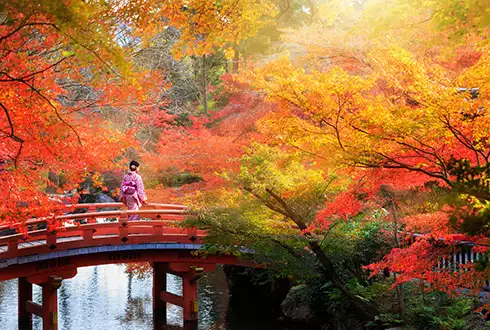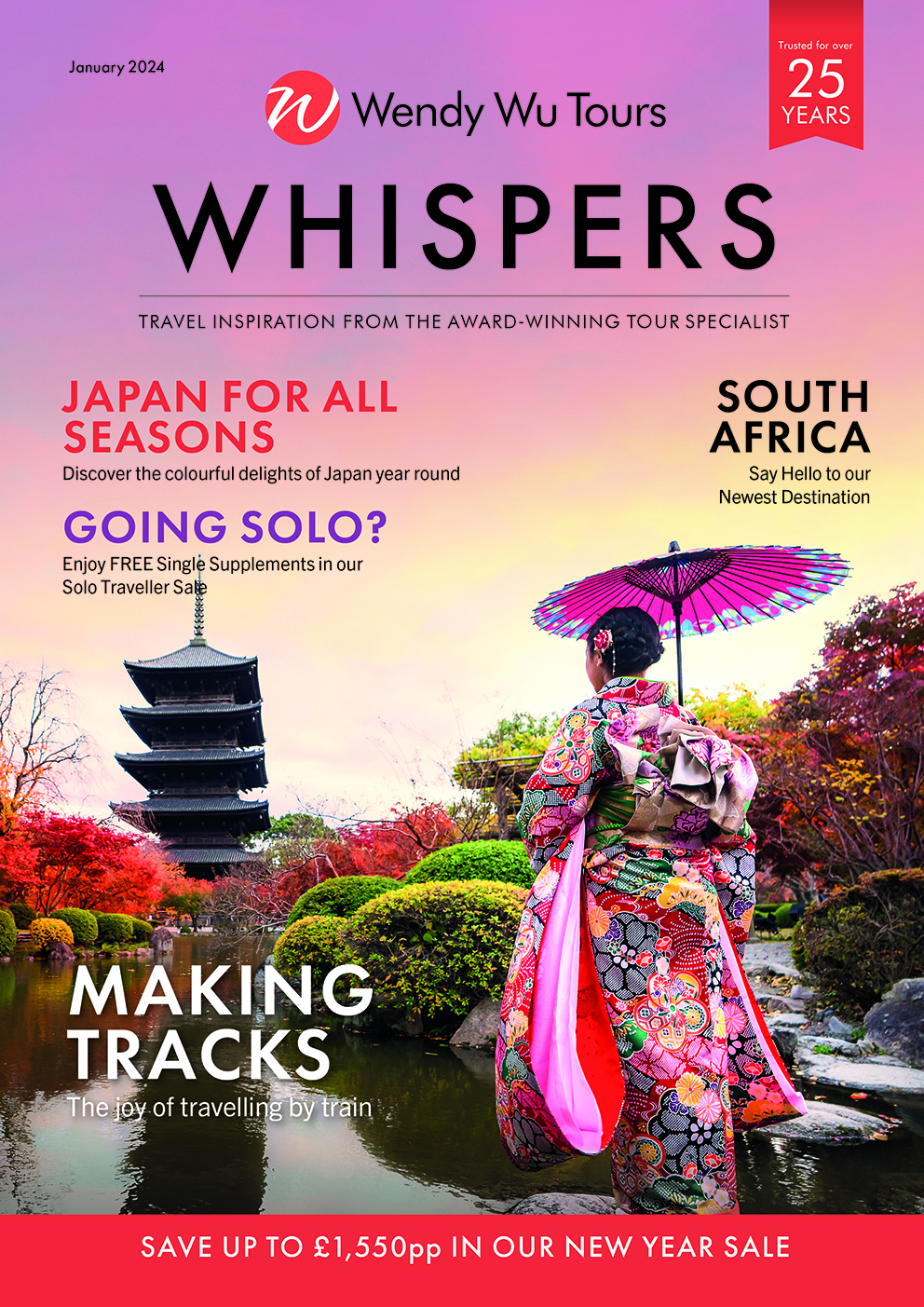There’s a lot of ancient wisdom in Japan. It comes from age-old traditions that are still deeply ingrained in society, from a respect for the past and a profound appreciation for nature – in today’s world where wellbeing is becoming an increasingly important concept, where better to look for insightful wellness methods? Definitely the country that is home to some of the oldest living people in the world!
From hot springs to forest bathing, green tea to temple stays, going on holiday to Japan with us, on any of our Japan tours, gives you the opportunity to try out at least some, if not all of these wellness concepts for yourself.
We all know that a good holiday is a great way to reset the mind, but with these practices, you can really push things up a notch! Read on to discover more…
Shinrin-yoku
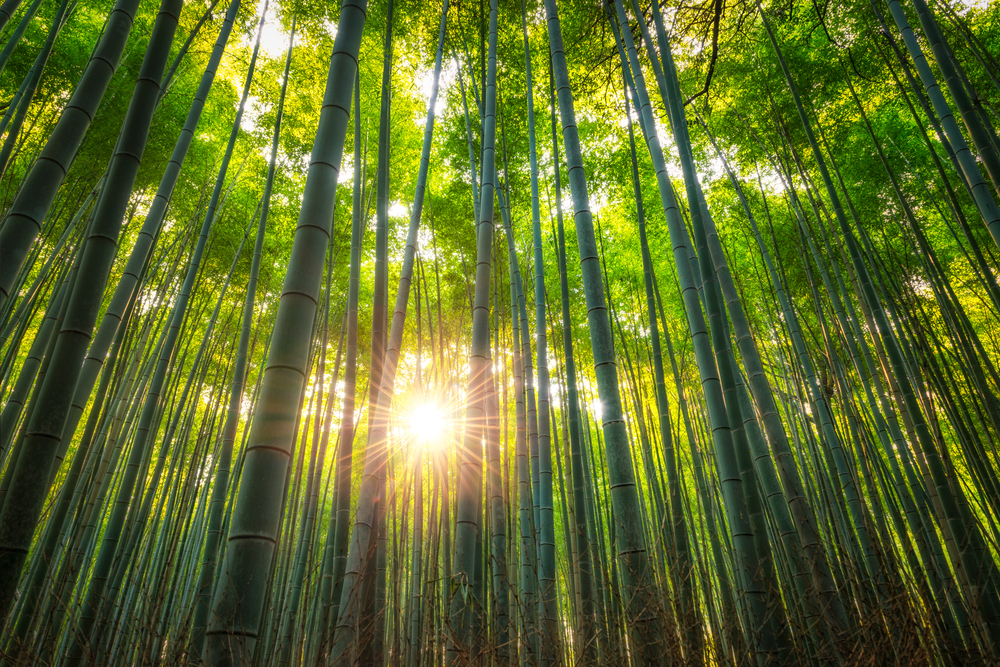
Born from a great appreciation and respect for the natural world shinrin-yoku, or forest bathing, is a Japanese practice that is gaining popularity throughout the world as a path to better wellbeing. It is mindfulness in nature, making use of natural environments to clear your mind, find peace and boost your mood, concentration levels and overall health. While any time spent out in green spaces in full of benefits, this takes things a step farther – you need to head out into nature with the sole purpose of being there. In outdoor spaces like Kyoto’s Arashiyama Bamboo Forest, forest bathing is practiced by sitting or standing in one spot, making use of all five senses to notice the sounds, sights and smells of your surroundings and letting them pass, noting the ebb and flow of life and being entirely present.
Hanami
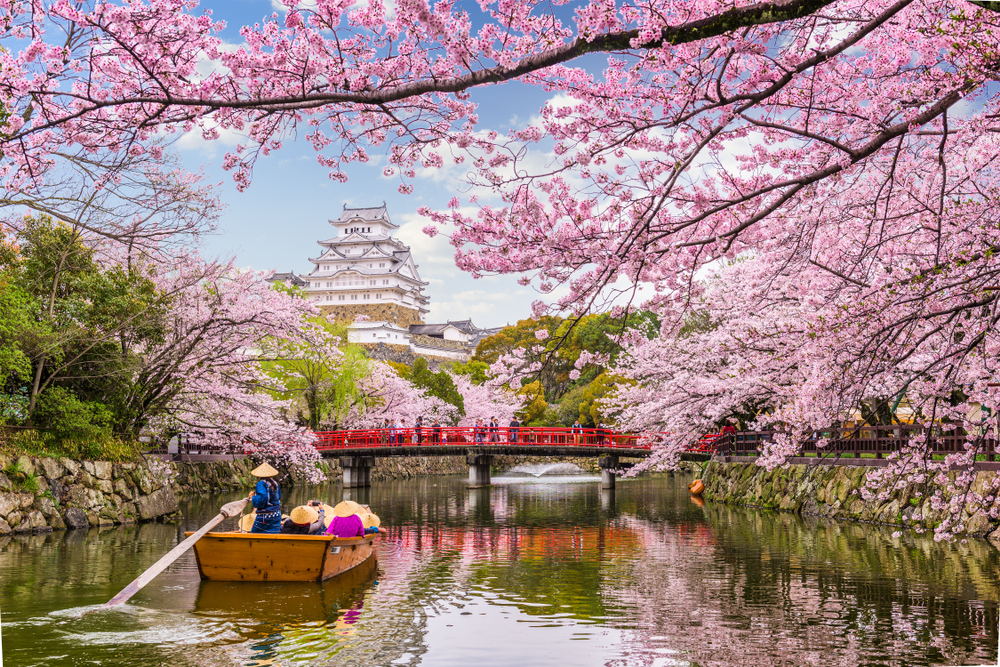
Hand in hand with shinrin-yoki is the practice of hanami which translates as ‘viewing flowers’, another example of nature appreciation. Inextricably linked with cherry blossom season, hanami isn’t just about enjoying time outside, coming together as a community and enjoying the beauty of those gorgeous pink blossom, it actually runs far deeper than that. It is also the welcoming of a new season, spring in this case, and the acceptance of impermanence – the build-up of excitement as one waits for buds to bloom and the joy of the blossoms before that bittersweet realisation that nothing lasts forever. Visiting Japan during cherry blossom season, roughly late March to early April in Tokyo and Kyoto, is the perfect opportunity to try hanami for yourself and practice the art of acceptance.
Onsen
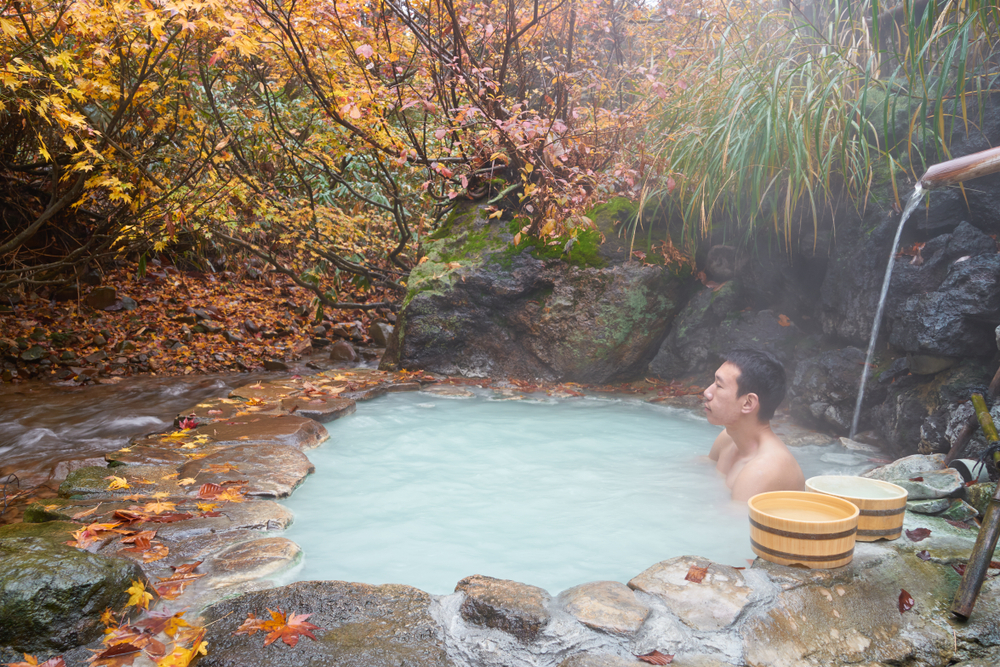
Perhaps Japan’s best known wellness practices, locals have been making use of Japan’s plentiful supply of geothermic waters for centuries by bathing in onsens. Located all over the country – indoors, outdoors and in noted beauty spots – and lauded for their medicinal benefits, onsen bathing is a huge part of Japanese culture. Used for relaxation, healing and both literal and metaphorical cleansing, they are also seen as a space of contemplation or community, depending on whether you are bathing in a private or a public pool.
Shukubo
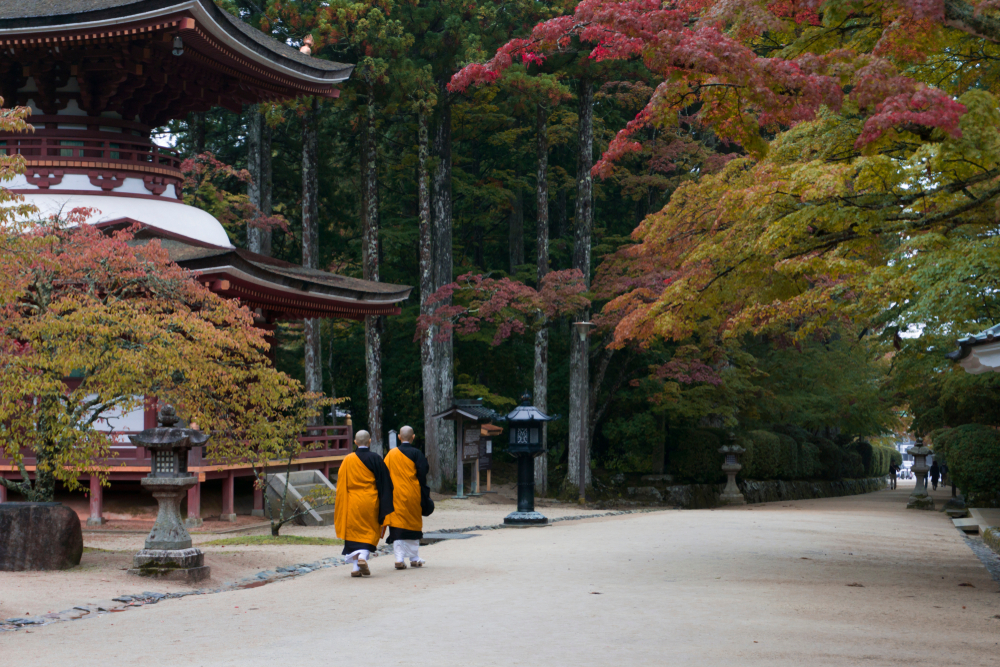
Shukubo, or temple stays, allow you to immerse yourself in the peace and tranquillity of the monastic life. The concept started as temples offering a place of rest to pilgrims on long journeys, but the modern take allows people to stay for one night, to reap the benefits of being able to quiet the mind, take part in Zen meditation sessions and dine of shojiri ryori, the healthy vegetarian food that is staple in Japan’s Buddhist monasteries. Plenty of monasteries across the country offer this option for locals and tourists alike – Koyasan, one of Japan’s most holy mountains, is a wonderful place to practice shukubo thanks to its beautiful and atmospheric surroundings.
Green Tea
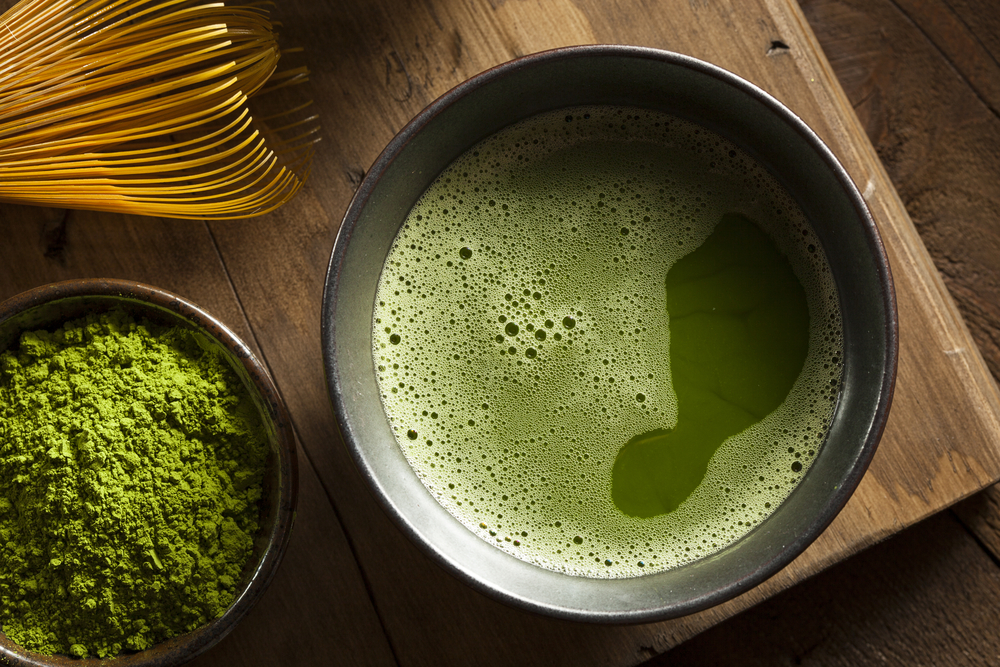
A beverage synonymous with Japan, Green Tea is well-known for its many health benefits. A staple of Japanese culture, green tea is used in sacred tea ceremonies and cuisine, and drunk multiply times a day all across the country. Full of antioxidants, it is said that green tea can boost metabolism, focus and brain activity and even help prevent cancer – the fact that Buddhist monks find drinking it conducive to meditation and Samurai warriors had a heaty swig before going into battle for an energy boost are even cooler reasons to have a few cups!
Hara Hachi Bu
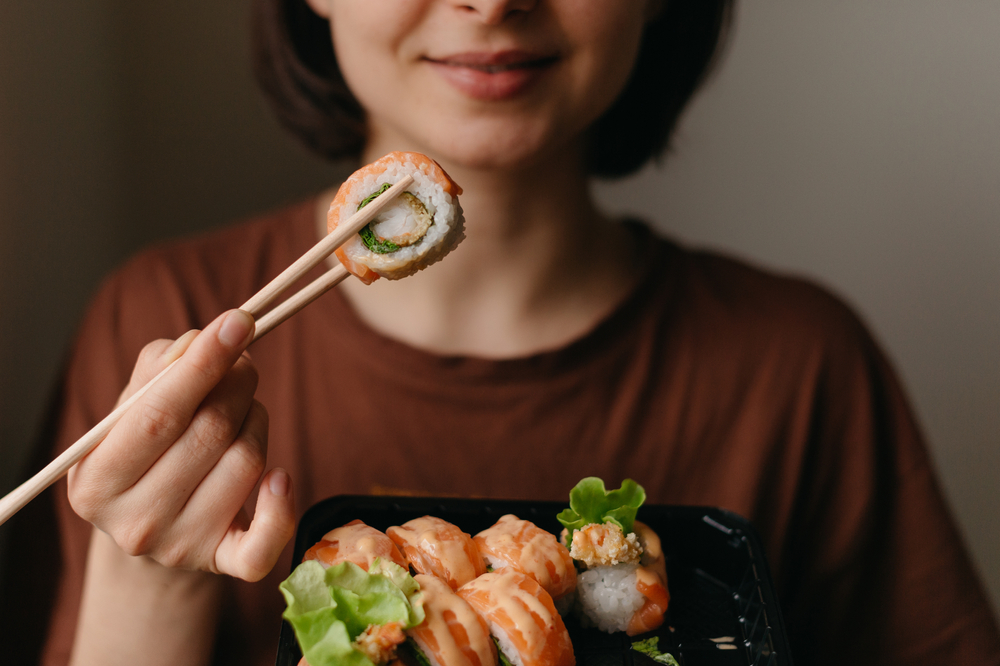
Long practiced by the people of Okinawa, where an unusually high percentage of people live to be over the age of 100, hara hachi bu is the practice of eating until you are 80% full. Believed to leave space for more efficient digestion, it is basically the concept of mindful eating – smaller portions, eating slowly, savouring flavours. We think this has big advantages when travelling in Japan as it not only allows you to enjoy way more delicious dishes but also gets you to really appreciate the versatile tastes, textures and techniques for which Japanese food is world renowned.
Ikigai
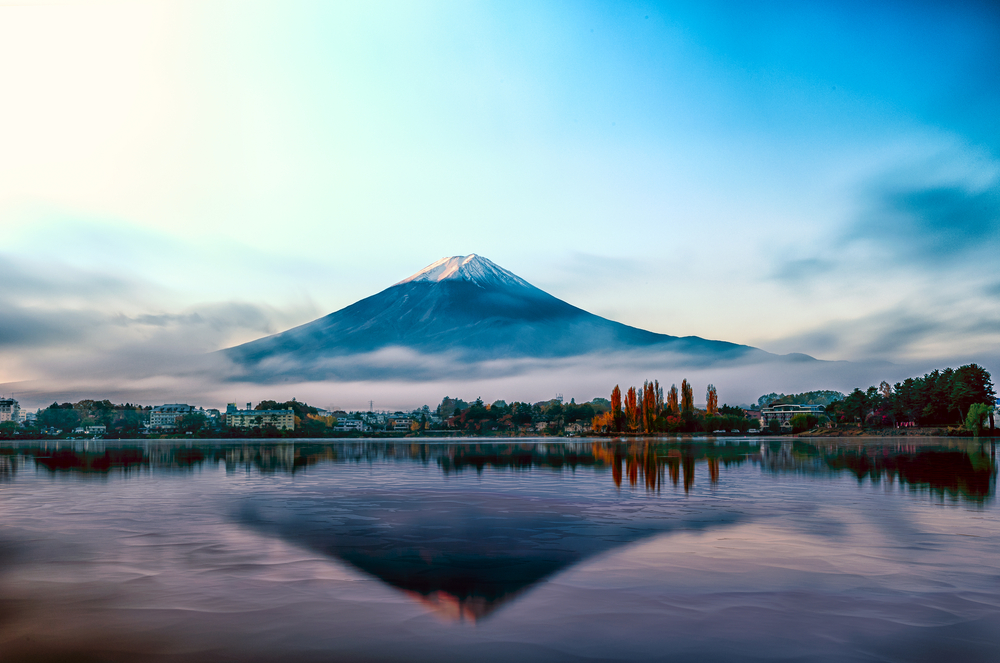
On a final, more cerebral note, ikigai is a concept that can resonate with anybody. Roughly translating as ‘the reason you get up in the morning’, this is the practice of finding value in the little things. Be that appreciating cherry blossom blooms, that first sip of green tea, sinking into the hot waters of an onsen, slurping ramen, seeing friends and so on. It focuses on taking your personal skills, purposes and values and having them at the forefront of your mind as you go about daily life, putting them into action to lead you to a place of happiness and fulfilment. A beautiful and poetic concept, we think you’ll agree!
Learn more about our diverse and exciting selection of Japan tours, including cherry blossom departures, by clicking here.
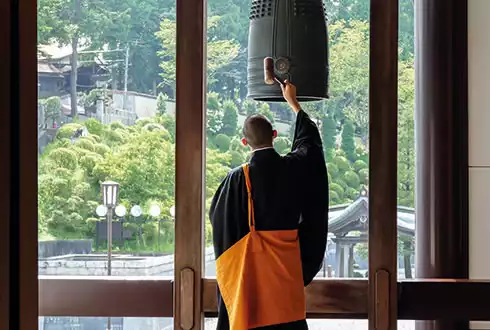
Off-Beat Japan
13 days from £6090pp
Fully Inclusive of Tour & Flights
Mount Fuji Hike - Snow Monkeys in Yudanaka - Koya-san Temple Stay
